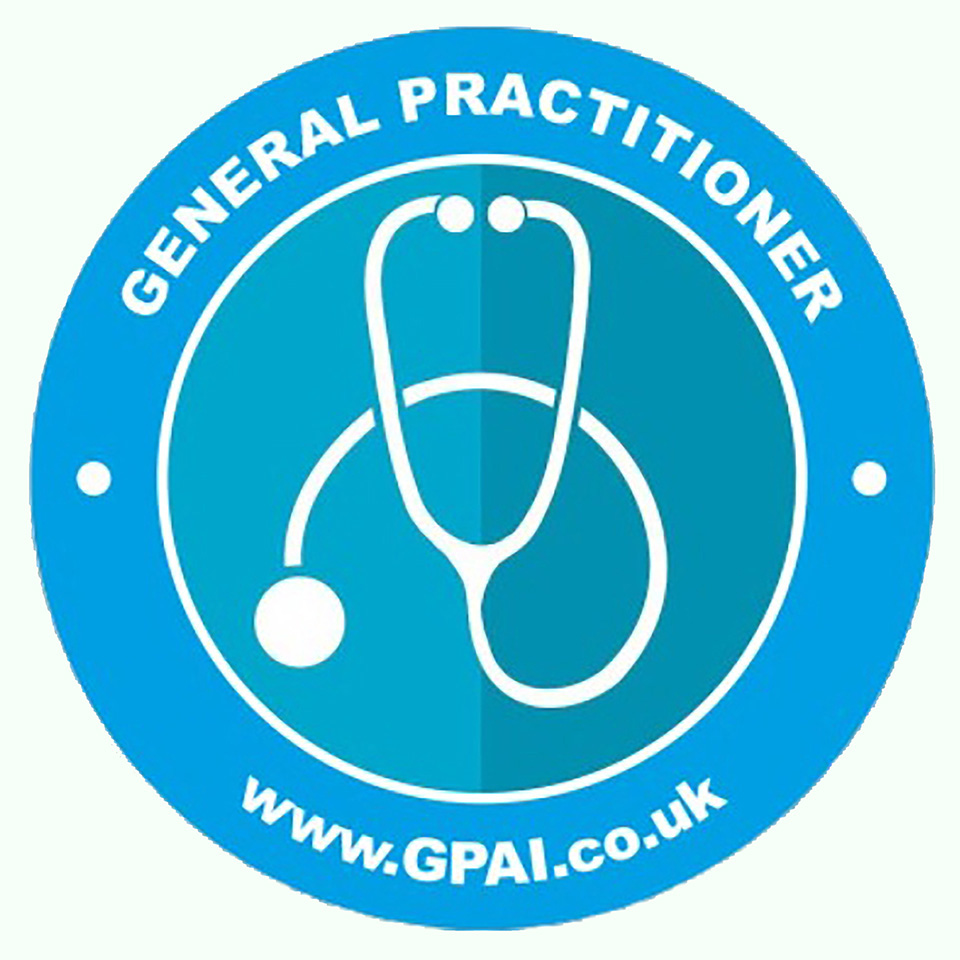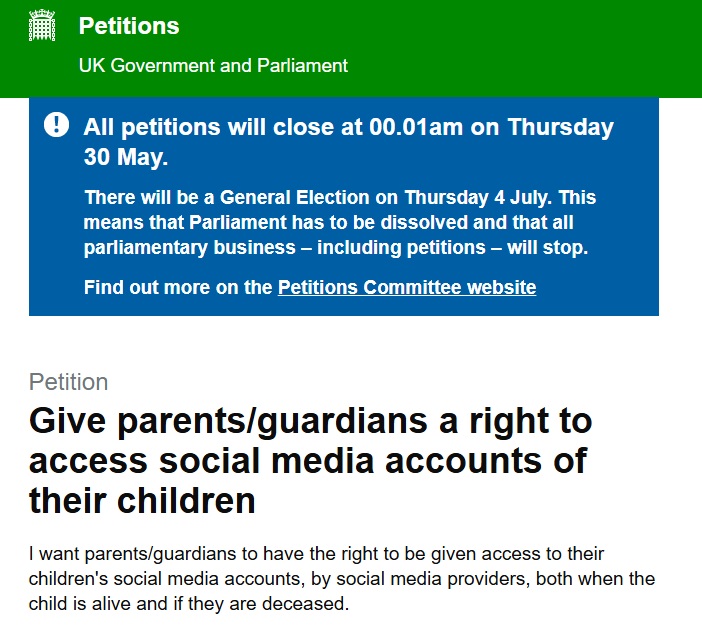
The Comprehensive Guide to: Are Holidays Classed as Self-Care Therapy?
The concept of self-care has gained immense popularity, from mindfulness practices and regular exercise to eating well and ensuring sufficient sleep, self-care encompasses a variety of activities designed to promote physical, mental, and emotional well-being. Among these, holidays stand out as a particularly enjoyable and, for many, essential form of self-care therapy.
But what exactly makes a holiday more than just a break from routine? Can it genuinely be considered a therapeutic self-care activity?
The Psychological Benefits of Taking a Holiday
- Stress Reduction: One of the most immediate and noticeable benefits of a holiday is the reduction in stress. According to the American Psychological Association, vacations can help alleviate stress by removing people from the activities and environments that they associate with anxiety and pressure. The change of scenery, along with the opportunity to relax, can significantly lower cortisol levels, the hormone linked to stress.
- Improved Mental Health: Holidays can provide a much-needed mental health boost. A study published in the journal “Applied Research in Quality of Life” found that the anticipation of a holiday can increase happiness levels. Furthermore, the experiences during the holiday, such as exploring new places, meeting new people, and engaging in enjoyable activities, contribute to overall mental well-being.
- Enhanced Creativity and Productivity: Taking a break from routine work can lead to improved creativity and productivity. The “incubation period” during a holiday allows the subconscious mind to work on problems and generate new ideas. Many people return from holidays with a fresh perspective and renewed energy, which can enhance their productivity at work.
Physical Health Benefits
- Improved Sleep: Many people find that they sleep better on holiday. The combination of reduced stress, physical activity, and the absence of work-related pressures contributes to more restful and restorative sleep. Good sleep is crucial for overall health, affecting everything from mood to immune function.
- Increased Physical Activity: Holidays often involve physical activities that people might not engage in during their regular routine, such as hiking, swimming, or simply walking more while exploring new places. Increased physical activity has numerous health benefits, including improved cardiovascular health, better muscle tone, and enhanced mental well-being.
Strengthening Relationships
Holidays can also serve as a valuable time for strengthening relationships with family and friends. Shared experiences and the absence of everyday distractions allow for deeper connections and quality time with loved ones. This social aspect is a critical component of self-care, as strong, supportive relationships are integral to emotional health.
The Therapeutic Aspect of Holidays
Given the myriad benefits, it is clear that holidays can indeed be considered a form of self-care therapy. They provide a necessary break from daily stressors, offer opportunities for physical and mental rejuvenation, and foster stronger social bonds. Moreover, the therapeutic effects of a holiday can extend beyond the duration of the trip, contributing to long-term well-being.
However, it is important to recognize that the therapeutic benefits of a holiday can vary depending on individual preferences and circumstances. Not everyone finds travel relaxing, and for some, the stress of planning and the financial burden can negate the potential benefits. Therefore, the key to maximizing the therapeutic value of a holiday lies in personalizing the experience to align with one’s needs and desires.
Practical Tips for Making Holidays Therapeutic
- Plan Ahead but Stay Flexible: While planning can help ensure a smooth holiday, leaving room for spontaneity can reduce stress and allow for unexpected pleasures.
- Disconnect from Work: To truly benefit from a holiday, it’s crucial to disconnect from work-related communications and responsibilities. This boundary allows for complete mental disengagement from professional stressors.
- Engage in Enjoyable Activities: Choose activities that you genuinely enjoy and that provide relaxation and happiness. This could be anything from lounging on a beach to exploring a bustling city.
- Mindfulness and Presence: Practice being present during your holiday. Mindfulness can enhance your appreciation of the experiences and contribute to a deeper sense of relaxation and contentment.
Guide to the Phases of Holiday Self-Care
Taking a holiday can be a powerful form of self-care, offering a chance to recharge, relax, and rejuvenate. To maximize the therapeutic benefits of your holiday, it’s helpful to understand and navigate the different phases of holiday self-care effectively. Here’s a comprehensive guide to ensure your holiday is a true self-care experience from start to finish.
Phase 1: Pre-Holiday Preparation
- Planning and Anticipation
- Set Intentions: Define what you want to achieve from your holiday. Whether it’s relaxation, adventure, or quality time with loved ones, having clear intentions will guide your planning.
- Research and Choose a Destination: Consider places that align with your self-care goals. Research destinations, accommodations, and activities that will help you relax and rejuvenate.
- Create a Flexible Itinerary: Plan key activities but leave room for spontaneity. Over-scheduling can lead to stress, while a flexible itinerary allows for relaxation and unexpected delights.
- Organize and Prepare
- Health and Safety: Ensure all necessary vaccinations, medications, and health precautions are taken care of. Check travel advisories and understand the local health care system of your destination.
- Packing: Pack mindfully, including items that promote relaxation and comfort. Don’t forget essentials like travel documents, comfortable clothing, and personal care items.
- Work and Responsibilities: Arrange your work and personal responsibilities to minimize interruptions. Set out-of-office messages and delegate tasks where possible.
Phase 2: Transition to Holiday Mode
- Travel and Arrival
- Mindful Traveling: Travel can be stressful, so practice mindfulness during your journey. Listen to calming music, read a good book, or meditate to stay relaxed.
- Settling In: Take time to familiarize yourself with your new environment. Unpack, set up your space comfortably, and explore the immediate surroundings at a relaxed pace.
- Disconnecting from Routine
- Digital Detox: Limit the use of electronic devices and social media. Focus on being present in your new environment and engaging with the people around you.
- Relaxation Techniques: Practice relaxation techniques such as deep breathing, yoga, or meditation to help transition your mind and body into holiday mode.
Phase 3: Immersive Holiday Experience
- Engage in Enjoyable Activities
- Explore: Discover new places, try local cuisines, and immerse yourself in cultural experiences. Engage in activities that bring joy and relaxation.
- Leisure and Rest: Balance exploration with leisure. Spend time relaxing by the beach, reading, or simply enjoying the serenity of your surroundings.
- Mindfulness and Presence
- Be Present: Practice mindfulness by staying present and fully experiencing each moment. This can enhance your enjoyment and deepen your relaxation.
- Journaling: Consider keeping a travel journal to reflect on your experiences and feelings. This can enhance your self-awareness and contribute to your sense of well-being.
Phase 4: Post-Holiday Integration
- Reflect and Absorb
- Reflect on Your Experience: Take time to reflect on your holiday. What did you enjoy most? What made you feel relaxed and rejuvenated? Reflecting helps integrate the positive experiences into your daily life.
- Gratitude Practice: Cultivate gratitude by acknowledging the highlights of your trip and the positive emotions you experienced.
- Ease Back into Routine
- Gradual Transition: Give yourself time to ease back into your routine. Avoid scheduling too many activities immediately upon your return.
- Implement Learnings: Incorporate elements from your holiday that contributed to your well-being into your daily life. This could be as simple as practicing mindfulness or setting aside regular relaxation time.
Phase 5: Maintaining the Self-Care Momentum
- Regular Self-Care Practices
- Routine Self-Care: Continue practicing regular self-care activities, such as exercise, meditation, and hobbies that bring you joy.
- Plan Future Breaks: Regularly plan future holidays or short breaks to maintain a balanced and healthy lifestyle.
- Stay Connected
- Stay in Touch: Keep in contact with people you met during your holiday. Sharing experiences and maintaining connections can enhance your social well-being.
- Share Your Experience: Share your holiday experiences with friends and family. This not only helps you relive the positive moments but can also inspire others to prioritize their self-care.
By understanding and mindfully navigating these phases, you can transform your holiday into a powerful self-care experience. Each phase plays a crucial role in ensuring that your holiday leaves you feeling refreshed, rejuvenated, and ready to face the demands of everyday life with renewed vigor.
The Importance of Sun-Drenched Holidays for People with MS and Vitamin D Deficiency
For individuals with Multiple Sclerosis (MS), the need for a sun-drenched holiday can be particularly pressing due to the role of Vitamin D in managing their condition. MS is an autoimmune disease that affects the central nervous system, often leading to a variety of physical and cognitive challenges. Research has shown that Vitamin D, which the body primarily synthesizes through exposure to sunlight, plays a significant role in immune system regulation. Consequently, a deficiency in this crucial nutrient is linked to increased risk of MS relapses and progression.
For those who have experienced multiple relapses since their last medical consultation, the therapeutic benefits of a sun-drenched holiday can be substantial. Sunlight exposure not only helps boost Vitamin D levels but also contributes to overall well-being by enhancing mood and reducing stress—factors that can positively impact the course of MS. Spending time in a sunny environment can alleviate some symptoms and potentially reduce the frequency of relapses by promoting a healthier immune response.
However, it is important for individuals with MS to balance their sun exposure carefully. Overexposure to high temperatures can exacerbate symptoms due to the heat sensitivity often associated with the condition. Therefore, choosing a destination with moderate, consistent sunshine rather than extreme heat is advisable. Additionally, incorporating other relaxing and enjoyable activities can make the holiday not just a means to increase Vitamin D but a holistic self-care experience that supports both physical and emotional health.
For individuals with MS, particularly those who have faced frequent relapses, a well-planned sun-drenched holiday can serve as a beneficial intervention. By boosting Vitamin D levels and providing a much-needed break from the stress of daily life, such a holiday can help manage symptoms and improve quality of life, making it a valuable component of their self-care regimen.
Conditions That Can Benefit from a Self-Care Therapy Holiday
- Multiple Sclerosis (MS)
- Chronic Fatigue Syndrome (CFS)
- Depression
- Anxiety Disorders
- Burnout and Work-Related Stress
- Post-Traumatic Stress Disorder (PTSD)
- Fibromyalgia
- High Blood Pressure
- Diabetes (for stress management)
- Chronic Pain Conditions
- Insomnia and Sleep Disorders
- Autoimmune Diseases (such as Lupus)
- Cardiovascular Diseases
- Migraines and Chronic Headaches
- Digestive Disorders (such as Irritable Bowel Syndrome)
- Arthritis
- Asthma
- Obesity (for stress reduction and lifestyle change)
- PsoriasisSkin Disorders (such as Eczema)
- Attention Deficit Hyperactivity Disorder (ADHD)
- Obsessive-Compulsive Disorder (OCD)
- Bipolar Disorder
- Grief and Loss
- Chronic Back Pain
- Cancer Recovery and Remission
- Substance Abuse Recovery
- Chronic Stress
- Hypertension
- Menopause Symptoms
Conclusion
While the concept of a holiday often conjures images of carefree relaxation and spontaneous adventure, viewing it strictly as self-care therapy can inadvertently strip away the very essence of what makes a holiday joyous and liberating. When a holiday is rigidly structured around therapeutic goals, the pressure to achieve specific wellness outcomes can overshadow the spontaneity and fun that are integral to a genuine break from routine. This shift in perspective can turn what should be a time of enjoyment and exploration into yet another task-oriented endeavor, thereby diminishing its restorative potential.
In essence, a holiday ceases to be a true holiday if it becomes solely an extension of a self-care regimen, emphasizing structured improvement over the simple pleasures of unwinding and experiencing new things.
Holidays can indeed be classed as self-care therapy. They offer a holistic break from routine, allowing for physical, mental, and emotional rejuvenation. By recognizing the therapeutic potential of holidays and planning them mindfully, individuals can harness their full benefits, making holidays an integral part of their self-care regimen. So, the next time you plan a getaway, remember that it’s not just a break; it’s a vital step towards nurturing your overall well-being.
Arguing that a holiday is merely a holiday and not a form of therapy can be dangerously reductive, especially considering the profound benefits that a break can offer for both mental and physical health. Dismissing the therapeutic value of holidays overlooks how essential they are for stress reduction, mental rejuvenation, and overall well-being. This perspective is particularly critical for caregivers, who endure immense physical and emotional burdens in their roles. Regular respite through holidays is crucial for caregivers to recharge, prevent burnout, and maintain their capacity to provide quality care. Without acknowledging the therapeutic potential of holidays, both those in need of care and their caregivers risk facing escalating health issues, which could be mitigated by periodic, restorative breaks.
Further Reading
- A Therapist’s Guide to Holiday Self-Care | MyWellbeing
- https://disabledentrepreneur.uk/navigating-the-proposed-5-tier-pip-overhaul-justifying-expenses-for-mental-health-disabilities/
- https://disabledentrepreneur.uk/vouchers-a-limitation-on-autonomy/
- https://disabledentrepreneur.uk/modernising-support-green-paper-proposals/




















